From films noirs to spy flicks, “The Thin Man” to “Lost in Translation,” the nightcap has long figured on the silver screen—and therefore in our collective consciousness—as a symbol of glamour, a pretext for romance, a driver of intrigue, a means to repose. Thanks to Bogie, Bond, and even Leslie Nielsen, we understand it as a concept. But can we define it as a specific drink?
The short answer is “no.” The long answer, however, is far more interesting, as acclaimed spirits writer Kara Newman discovered while researching her new book, “Nightcap: More Than 40 Cocktails to Close Out Any Evening.”
As she explained to me in an interview, by the mid-19th century, the use of the word “nightcap” had evolved to mean not just a hat one wears to bed, but also any beverage likewise “intended to cap off your night.” So while the earliest collection of recipes she found, an Oxford University publication from 1835, lists specific concoctions that certainly qualify—“flips and toddies and drinks enriched with eggs and cream, a lot of very comforting drinks”—the definition in her view “really stems from context more than a particular drink. It might mean, ‘Come back to my place.’ It might mean, ‘Let’s stay here; I’m having a marvelous time, and I’m not ready to go home yet.’”
In addition to its role in those scenarios, Newman identified two other, more practical parts a nightcap traditionally plays: as a substitute for dessert and as an aid to digestion. She divided her book into four sections accordingly.
The Pick Me Up
A nightcap that’s meant to provide one last burst of energy should be “stronger and a little more bracing,” said Newman. “There might be some caffeine involved. There might be something in the drink that might provoke conversation”—or prolong it. Case in point: The Storm King, a play on the Scotch-based Rob Roy with Bénédictine, walnut liqueur, angostura bitters, and three brandied cherries “to nibble on while you’re talking.”The Lullaby
By contrast, the ideal bedtime nightcap should be “calming rather than stimulating,” Newman observed. Lower in alcohol and often served warm, it’s also likely to contain “some functional element for aiding sleep,” such as herbal tea or honey. One of her favorites has the added advantage of utter simplicity: The Open & Shut combines 1.5 ounces of Amaro Lucano with .5 ounces of cognac, plus an optional citrus peel for garnish, and that’s it. “You don’t have to shake it or stir it; just pour it into a glass and give it a little swirl by the fireplace,” she said.The Bitter End
Speaking of amaro, the bittersweet Italian liqueur figures prominently throughout the book, but it takes its star turn in the chapter on digestive nightcaps. Historically, Newman explained, amaro was made by apothecaries and prescribed as medicines to settle the stomach; to this day, amaro producers follow “very elaborate secret recipes” involving any number of botanicals and bittering agents.The results vary wildly—they can be invigorating or relatively mellow, intensely herbal or fruity, even savory or smoky. I’m particularly fond of Cynar, famously made with artichokes, which appears in the Amari-O Brothers cocktail along with Santa Maria al Monte amaro, Cocchi Americano (an aromatized aperitif wine), and maraschino liqueur.
The Sweet Treat
Nightcaps that double as dessert “might contain cream, chocolate, or something nutty—they’re weightier and more decadent,” said Newman. Her book includes variations on classics like the grasshopper and the brandy Alexander, as well as an update on the amaretto sour.Building a Nightcap-Friendly Bar
Ultimately, then, the nightcap is defined less by what’s in the glass than when it’s served and why. Still, Newman didn’t hesitate when I asked her what she’d recommend to home bartenders looking to stock up on the essentials.
“I can boil that down to three bottles,” she said. “One is going to be a strong brown spirit. Brown spirits are very comforting, with lovely layers of caramel and vanilla and toffee and spice. For me, it would be Armagnac, but it might be a whiskey, it might be an aged rum.”
Add to that an amaro and a sweet vermouth of your choice, and you’ve got all the makings of a do-it-yourself nightcap; so long as they’re good quality, you can sip them straight or mix them as you please. In fact, Newman added, “My cheater nightcap right now is combining whatever brown spirit I have on hand with whatever amaro I have on hand, 50-50, in a rocks glass.”
Ruth Tobias is a longtime food and beverage writer based in Denver, Colorado. To learn more about her and her work, visit RuthTobias.com or follow her @denveater on Twitter and Instagram
Storm King
- 2 ounces blended Scotch whiskey
- .5 ounces nocino (walnut liqueur)
- .25 ounces Bénédictine
- 3 dashes Angostura bitters
- 3 brandied cherries for garnish (see recipe below)
Brandied Cherries
- .5 cup sugar
- .5 cup water
- .25 teaspoon pure almond extract
- .5 cup dried cherries
- .5 cup brandy, such as cognac, plus more as needed
Transfer the cherries to a mason jar or other container with a lid. Add more brandy to cover the cherries, if needed. Store in the refrigerator tightly covered for up to 2 weeks.
Recipes reprinted from “Nightcap” by Kara Newman with permission by Chronicle Books, 2018.
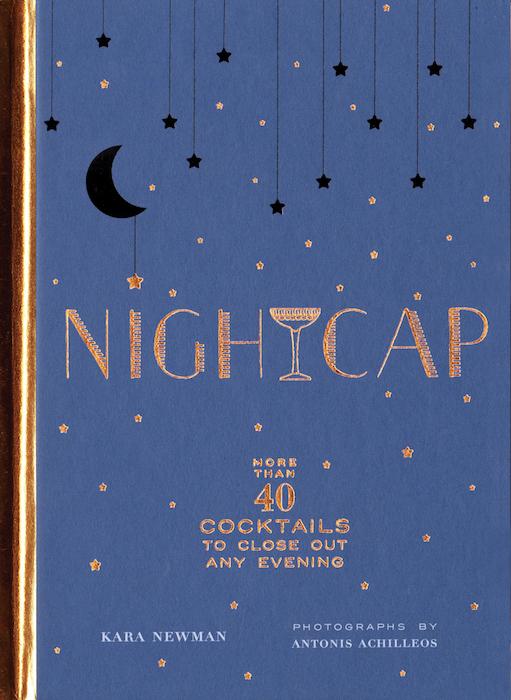

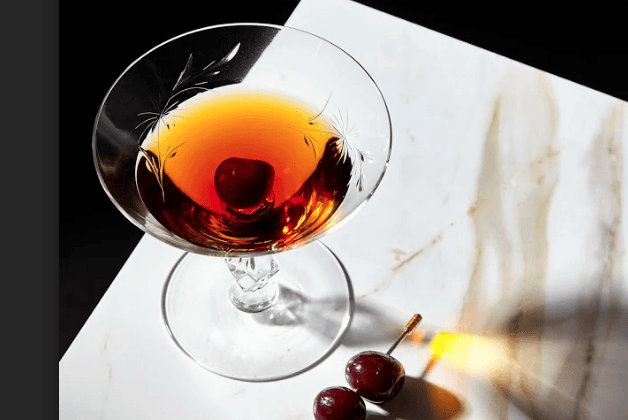
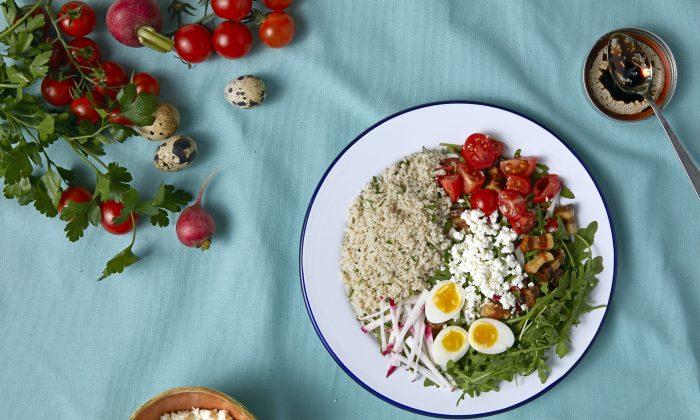
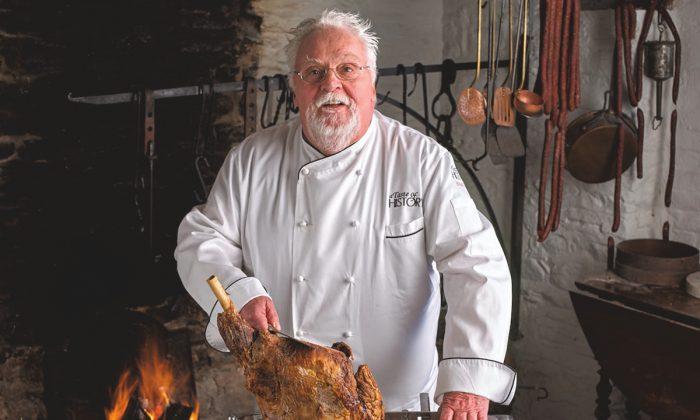

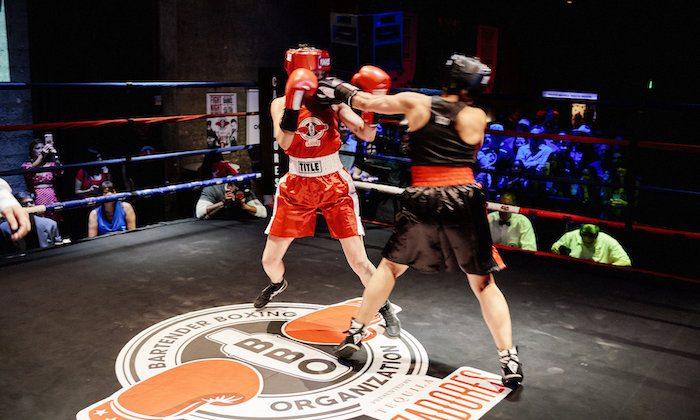
Friends Read Free